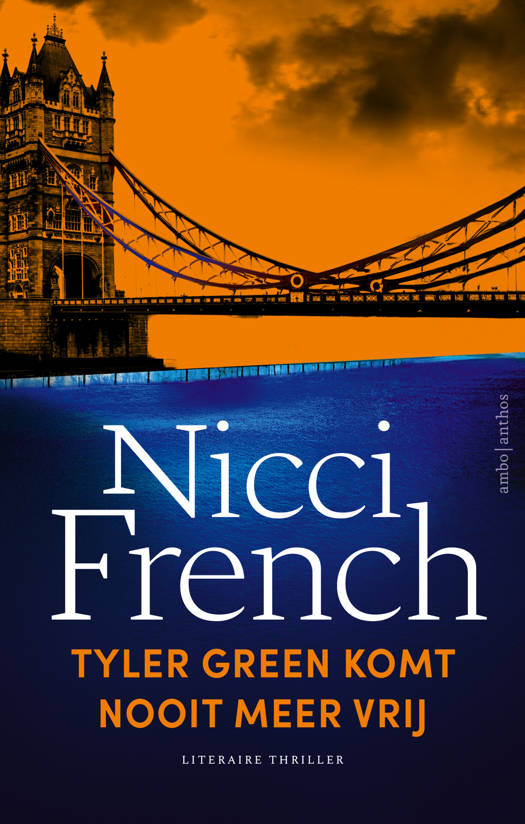
- Afhalen na 1 uur in een winkel met voorraad
- Gratis thuislevering in België vanaf € 30
- Ruim aanbod met 7 miljoen producten
- Afhalen na 1 uur in een winkel met voorraad
- Gratis thuislevering in België vanaf € 30
- Ruim aanbod met 7 miljoen producten
Zoeken
A Midsummer Night's Dream (Annotated by Henry N. Hudson with an Introduction by Charles Harold Herford)
William Shakespeare, Henry N Hudson, Charles Harold Herford
Paperback | Engels
€ 10,95
+ 21 punten
Omschrijving
One of Shakespeare's most frequently performed plays and regarded as maybe his best comedy, "A Midsummer Night's Dream" is the story of the events surrounding the wedding of Theseus, Duke and Athens, and the Amazonian queen Hippolyta. At the outset of the play we find Hermia, who is in love with Lysander but is betrothed by her father's arrangement to Demetrius. Meanwhile Helena laments her unrequited love of Demetrius. Several parallel and interconnecting plot lines complicate the narrative. One of which is the planning of a play, "Pyramus and Thisbe," to be performed at the wedding. Secondly an element of fantasy is introduced through the story of Oberon, King of the fairies, and his Queen, Titania, whom he conspires against through the use of a magical love potion. The use of this love potion alters the varying affections of the characters of the play resulting in a series of comedic mishaps. Unlike many of Shakespeare's works "A Midsummer Night's Dream" does not drawn upon any historical or previous literary work, making it one of his most original compositions. This edition is printed on premium acid-free paper, is annotated by Henry N. Hudson, and includes an introduction by Charles Harold Herford.
Specificaties
Betrokkenen
- Auteur(s):
- Uitgeverij:
Inhoud
- Aantal bladzijden:
- 90
- Taal:
- Engels
Eigenschappen
- Productcode (EAN):
- 9781420952582
- Verschijningsdatum:
- 18/02/2016
- Uitvoering:
- Paperback
- Formaat:
- Trade paperback (VS)
- Afmetingen:
- 140 mm x 216 mm
- Gewicht:
- 122 g

Alleen bij Standaard Boekhandel
+ 21 punten op je klantenkaart van Standaard Boekhandel
Beoordelingen
We publiceren alleen reviews die voldoen aan de voorwaarden voor reviews. Bekijk onze voorwaarden voor reviews.











